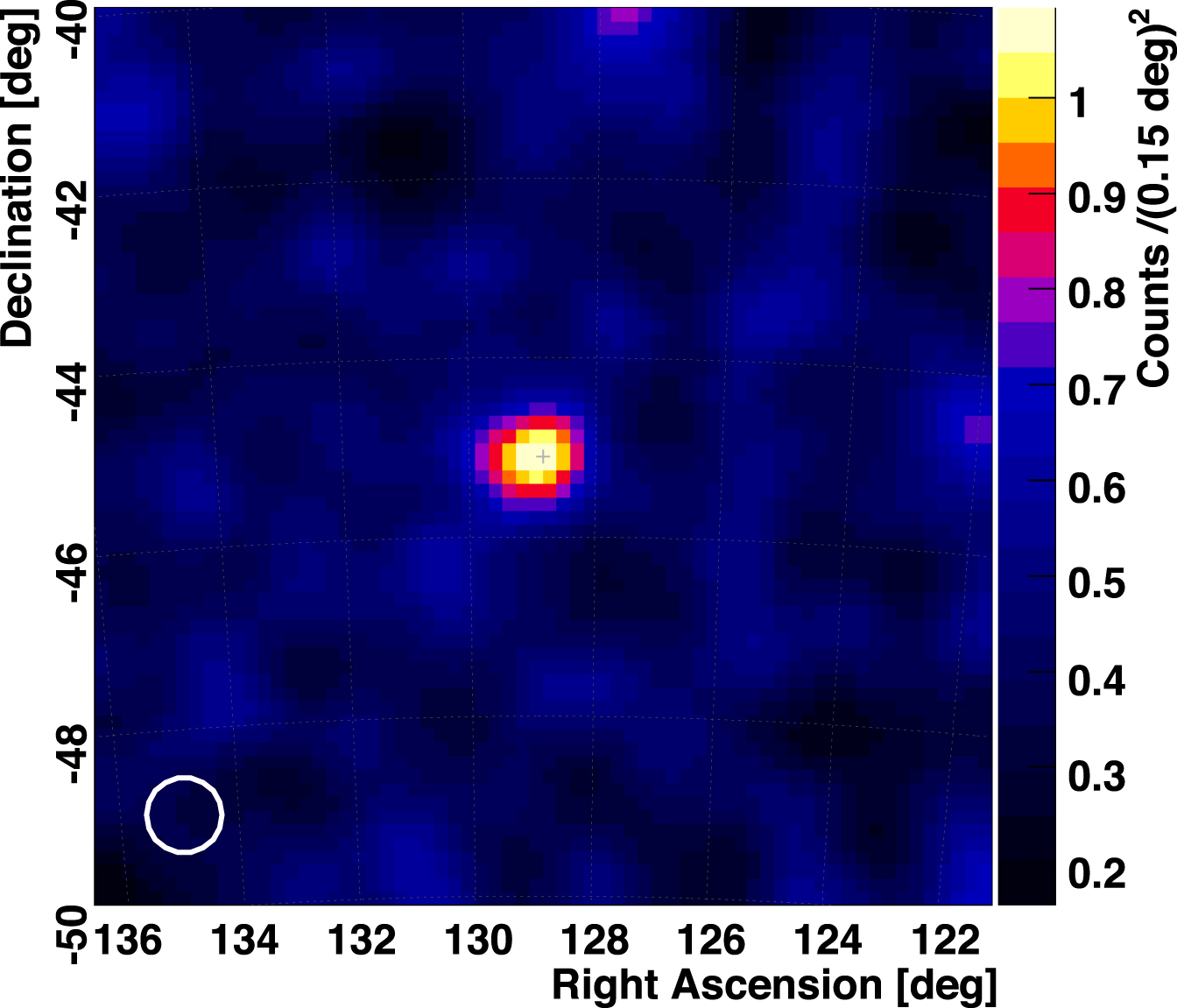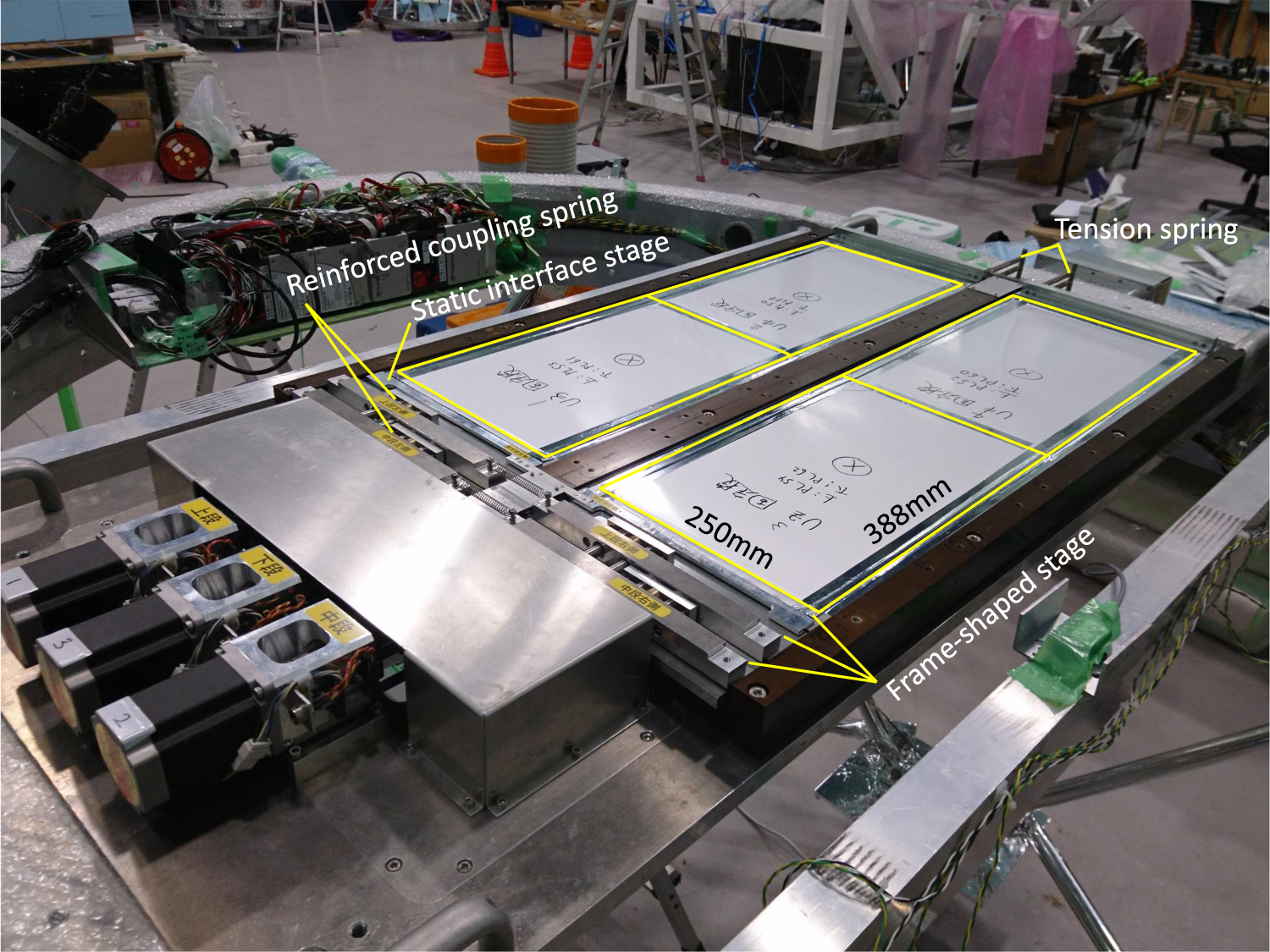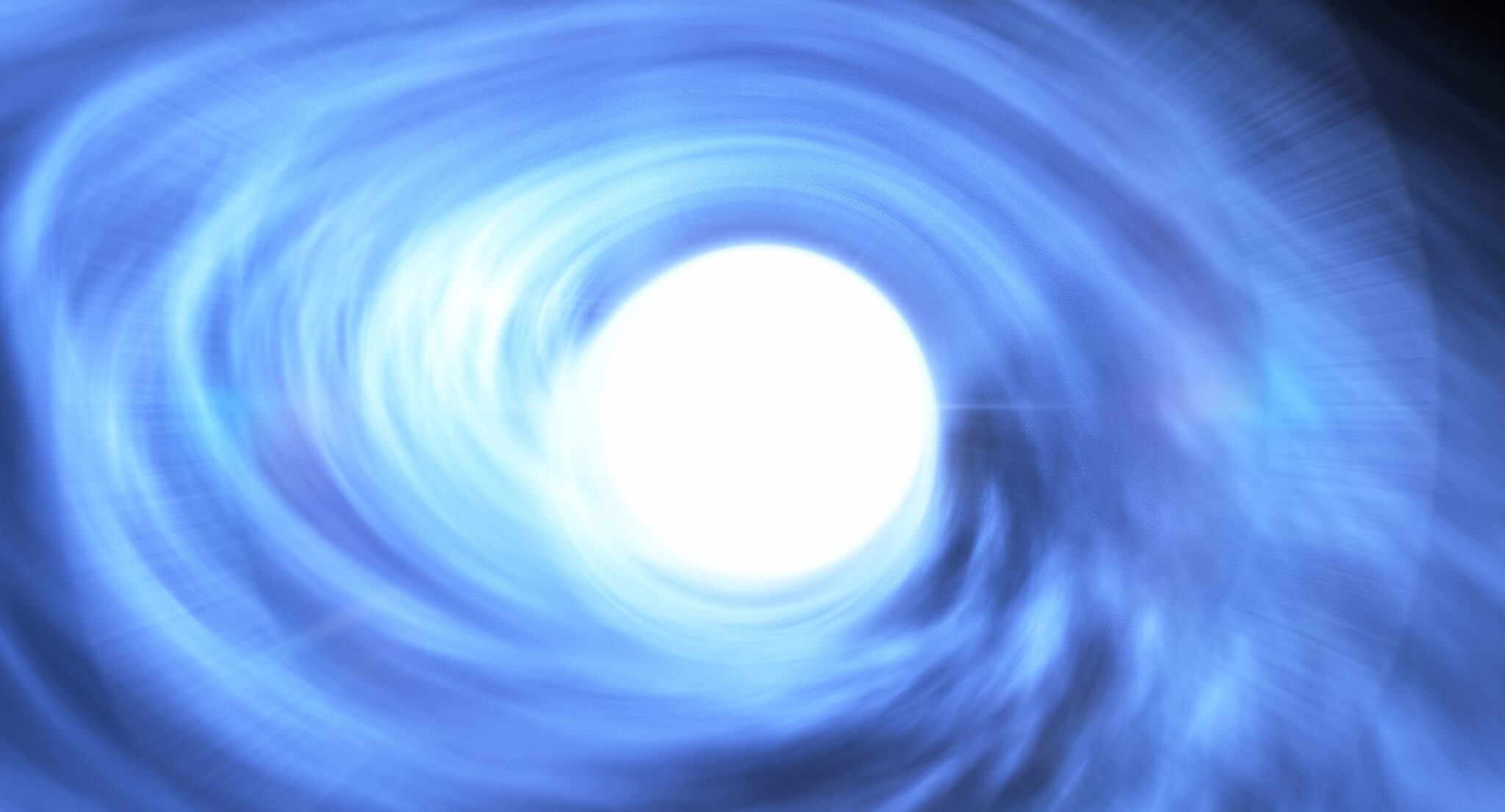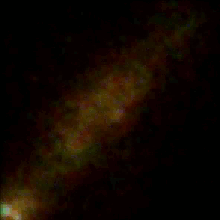NASA’s James Webb Space Telescope with a $10 billion budget really takes photos of incredible clarity. However, revolutionary discoveries in astronomy can be made without highly sophisticated technologies. For example, a recent photo of the Vela Pulsar (PSR J0835-4510 or PSR B0833-45) has the highest resolution among all created so far. Moreover, it was created without the use of modern spacecraft, digital technologies or terrestrial hypersensitive telescopes.

A team of scientists from Kobe University published an article in The Astrophysical Journal, in which they described their experiment using simple technologies. The object of the study was the Vela Pulsar, located at a distance of more than 1,000 light-years from us. This optical, X-ray and gamma-ray pulsar emits an extremely large amount of energy in all ranges of the electromagnetic spectrum.

To capture it, the team used a fairly simple method: a Kodak photographic film folded in several layers, which was placed on a balloon, which was launched to a height of up to 40 km. According to scientists, at high altitude, the film will be dim under the influence of radiation, especially in those places where the intensity of gamma rays from the pulsar will be the highest.

To solve the problem of time binding, the researchers developed a method for shifting three layers of film at regular intervals. By comparing these data, they could recreate the exact time of gamma ray emission.

The results of the experiment were impressive: the resulting image of gamma rays had the highest resolution in the history of science. The team believes that this method can be useful for the development of multilateral astronomy, where the same events are studied by different observation methods.
Even with all its complexity and high budget, space telescopes like JWST cannot replace such simple but effective methods as the use of film and balloons.
Earlier, we reported on how the dark energy camera saw the remains of an ancient supernova.
According to popularmechanics.com
Follow us on Twitter to get the most interesting space news in time
https://twitter.comne/ust_magazine


